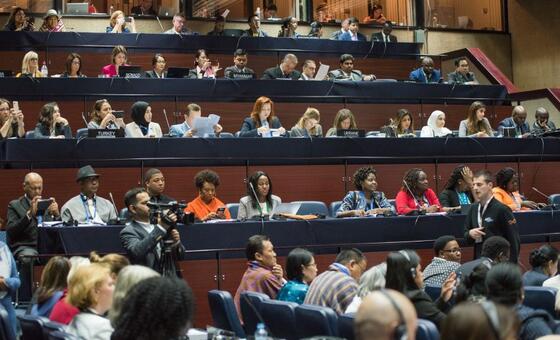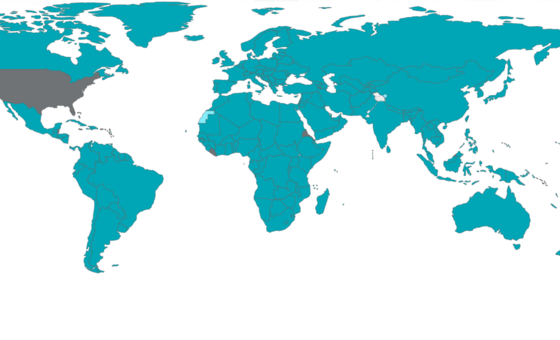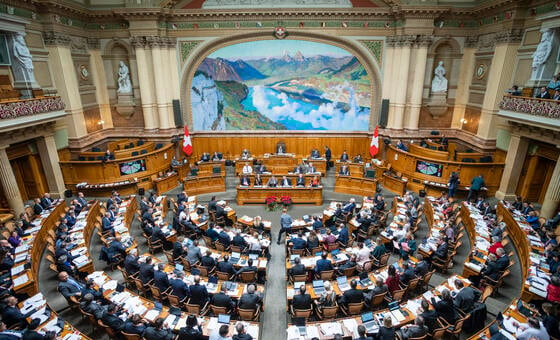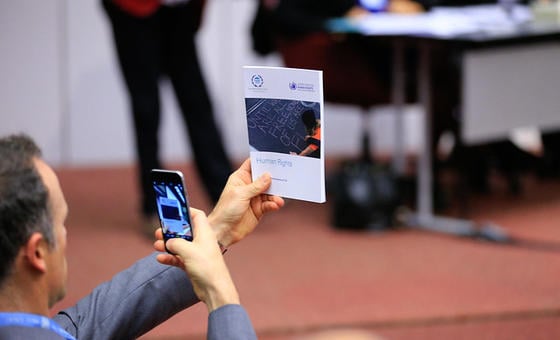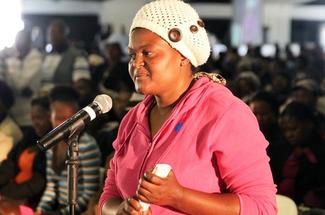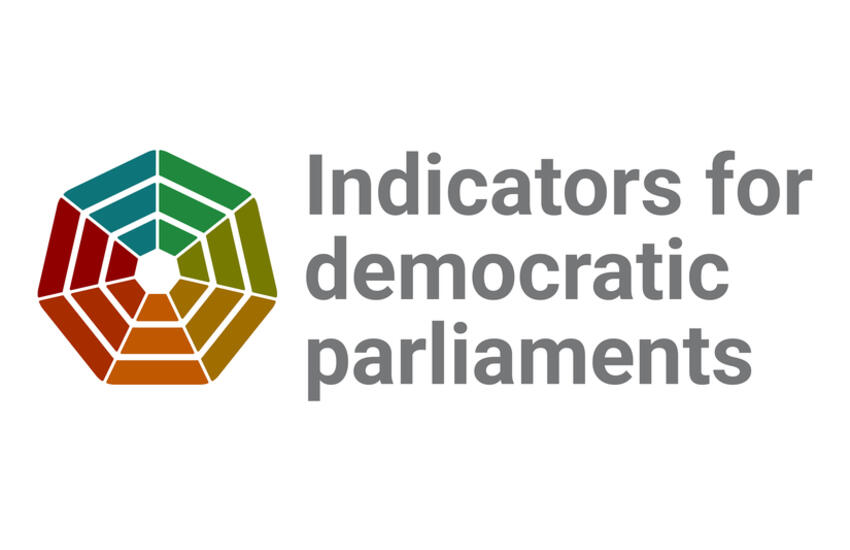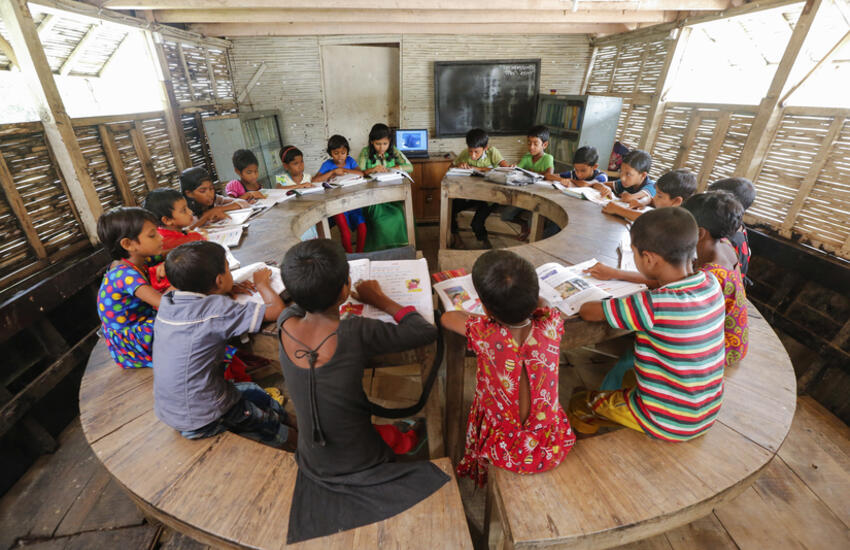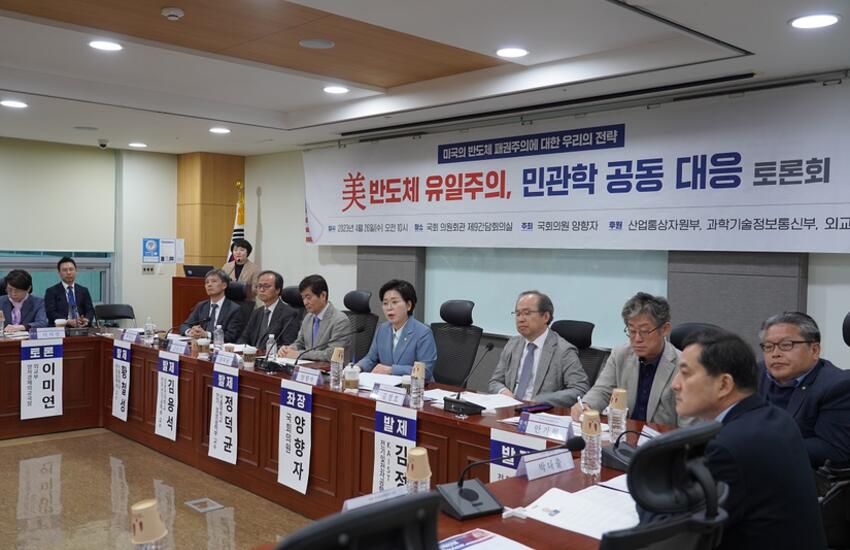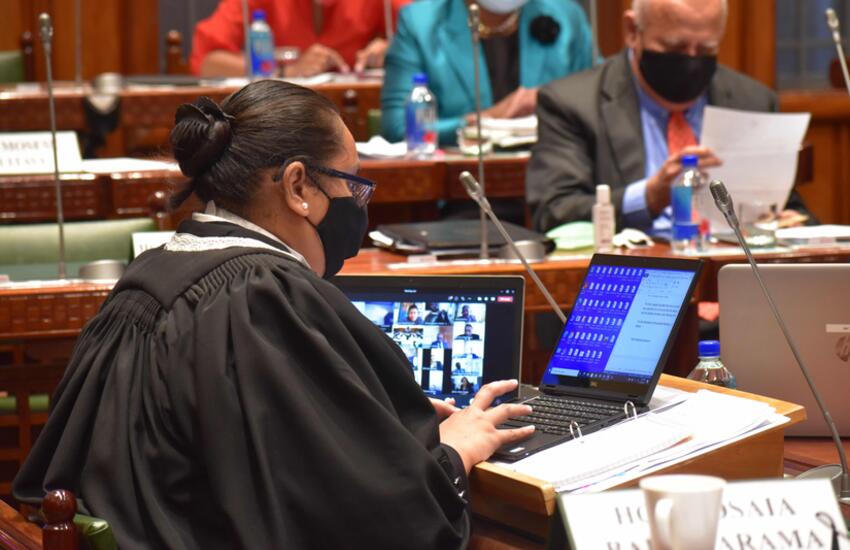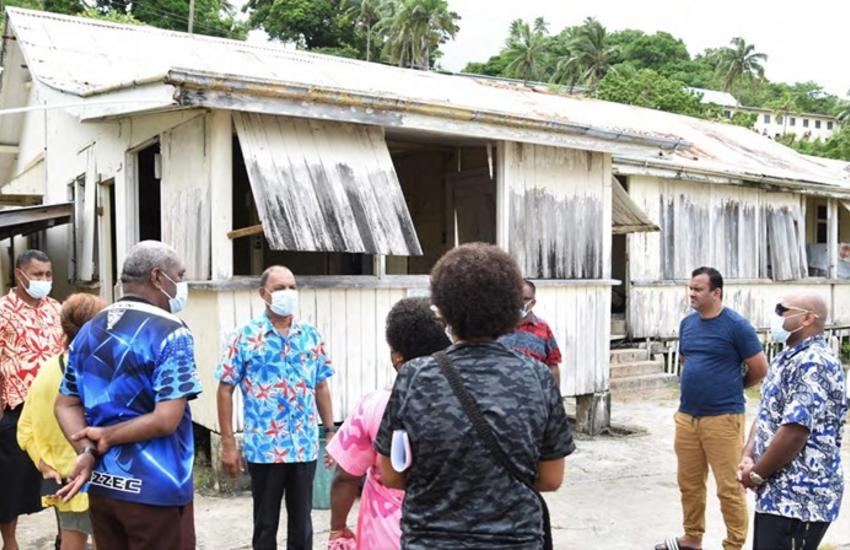The work of the Parliament of South Africa highlights good practices in institutionalizing and embedding public engagement, based on specific requirements in the country’s Constitution. Parliament has made efforts to ensure that its engagement practices:
- align practical actions with cultural and historical context
- shape constitutional vision into institutionalized frameworks
- translate those frameworks into regular initiatives and institutionalized support structures
- use the right tools to accomplish these goals, including consistent monitoring and evaluation mechanisms
The adoption of the 1996 Constitution following the collapse of apartheid was a watershed moment in the country’s quest to promote public participation in decision-making. This process started with the Government adopting a participatory approach to drafting the new Constitution, which has gone on to enshrine the public’s involvement in legislative and governance processes.
Effective engagement requires deliberate strategies and frameworks. The 2013 Public Participation Framework for the South African Legislative Sector (known commonly as the Legislative Sector Public Participation Framework) has become the overarching guideline, setting out norms and standards for Public Participation within the Legislative Sector. The Parliament of South Africa has also developed a Public Participation Model (PPM).
It is difficult to quantify the exact budget and staff resources allotted to public engagement, precisely because engagement initiatives are mainstreamed. But it is clear that the parliament allocates substantial resources to these initiatives.
Taken together, the PPM, the Legislative Sector Public Participation Framework, and the financial and human resources allocated to engagement constitute a comprehensive framework that translates the constitutional vision into an achievable reality.
The PPM is implemented through several ongoing institutionalized activities. Engagement initiatives are planned in ways that promote access and social cohesion, regarding language, venue and interaction with rural communities that are digitally unconnected.
Provincial Week provides a consistent space for parliamentary interaction and feedback with provinces, leaders and other key stakeholders. The NCOP sets aside one week, every year or two years, for oversight work in the provinces in conjunction with the provincial legislatures
Taking Parliament to the People (TPTTP) takes parliament all over the country, normally to remote areas with limited infrastructure. Because TPTTP brings together members of the NCOP, members of Cabinet (national), members of the Executive Council (provincial) and municipal councillors (local government), it facilitates direct interaction between the public and their representatives at all levels.
To reach less digitally connected sections of the public, parliament also publishes information in national and local newspapers, uses SMS, and communicates through talk shows on television channels and radio, such as the State-owned South African Broadcasting Corporation.
Monitoring and evaluation initiatives ensure that MPs and officials become more scientific in the way that they plan, implement, execute and process the different activities. Monitoring and evaluation are therefore carried out to provide feedback on the effect of government activities, as well as on how participation impacts parliament’s programmes, and to help hone public engagement activities.
One assessment published in 2020, showed that while challenges remain, parliament consistently made progress in public engagement outcomes. Public understanding of parliament’s mandates – law-making, executive oversight and promotion of public participation – had improved by an average of 27 per cent between 2017 and 2019, while public ratings of the effectiveness of parliament in fulfilling its mandates increased by 4 per cent (law-making), 27 per cent (executive oversight) and 5.7 per cent (promotion of public participation).

